On 23 August 1989, approximately two million people from Estonia, Latvia and Lithuania joined hands, forming a human chain from Tallinn through Riga to Vilnius, spanning 675 kilometres, or 420 miles; it was a peaceful protest against the illegal Soviet occupation and also one of the earliest and longest unbroken human chains in history.
The Baltic Way, also known as the Baltic Chain, was organised in order to draw the world’s attention to the existence of Molotov-Ribbentrop Pact – a treaty signed 50 years prior, on 23 August 1939, between the foreign ministers of the Soviet Union and Germany – Vyacheslav Molotov and Joachim von Ribbentrop.
In the secret protocols that accompanied the treaty of non-aggression, the two totalitarian powers divided Finland, Estonia, Latvia, Lithuania, Poland and Romania in violation of international law into respective spheres of influence, which led to Nazi Germany starting the Second World War on 1 September 1939 with its attack on Poland. The Soviet Union invaded Estonia and Latvia on 16 June 1940.
Symbolising the solidarity between the Estonian, Latvian and Lithuanian people, the Baltic pro-independence movements – Estonian Popular Front, Latvian Tautas Fronte, and Lithuanian Sąjūdis – planned an enormous event to draw global attention by demonstrating a popular desire for independence for each of the countries; and at the same time publicise the illegal Soviet occupation and position the question of Baltic independence not as a political matter, but as a moral issue.
On 23 August 1989, the three nations surprised the world. Approximately two million Estonians, Latvians and Lithuanians were taking hold of each other’s hands for fifteen minutes, and jointly demanding recognition of the secret clauses in the Molotov-Ribbentrop pact and the re-establishment of the independence of the Baltic states.
People joined hands to create a 675 kilometres long human chain from the foot of Toompea in Tallinn to the foot of the Gediminas Tower in Vilnius, crossing Riga and the River Daugava on its way, creating a synergy in the drive for freedom that united the three countries.



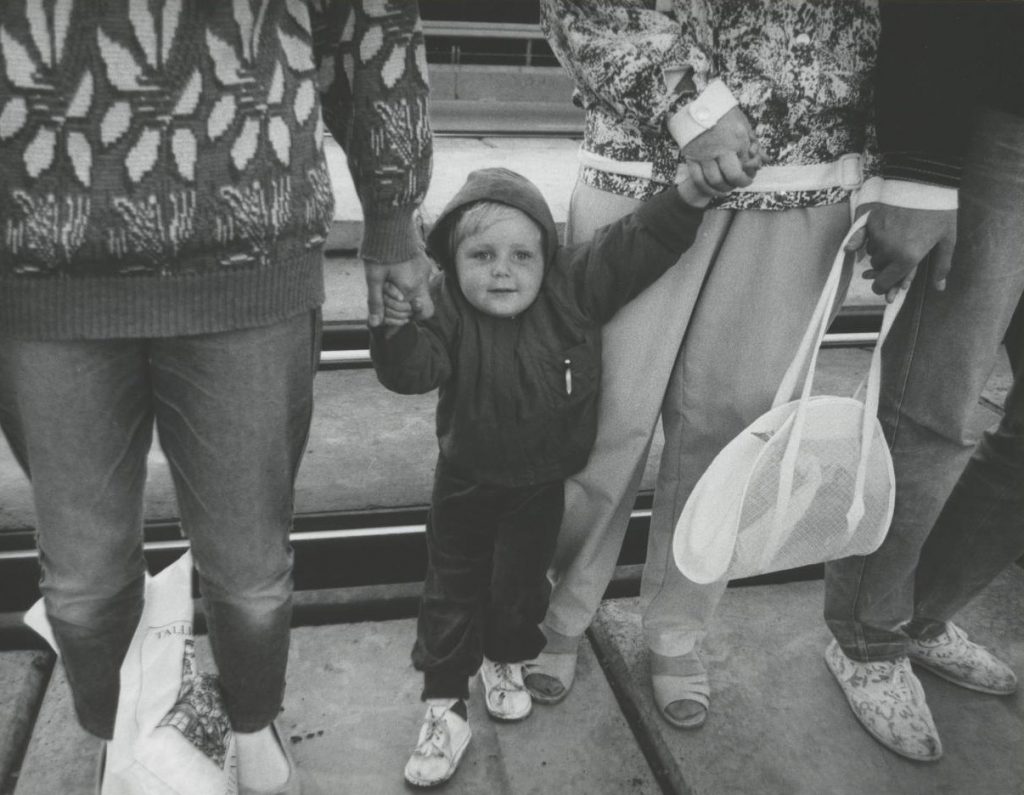

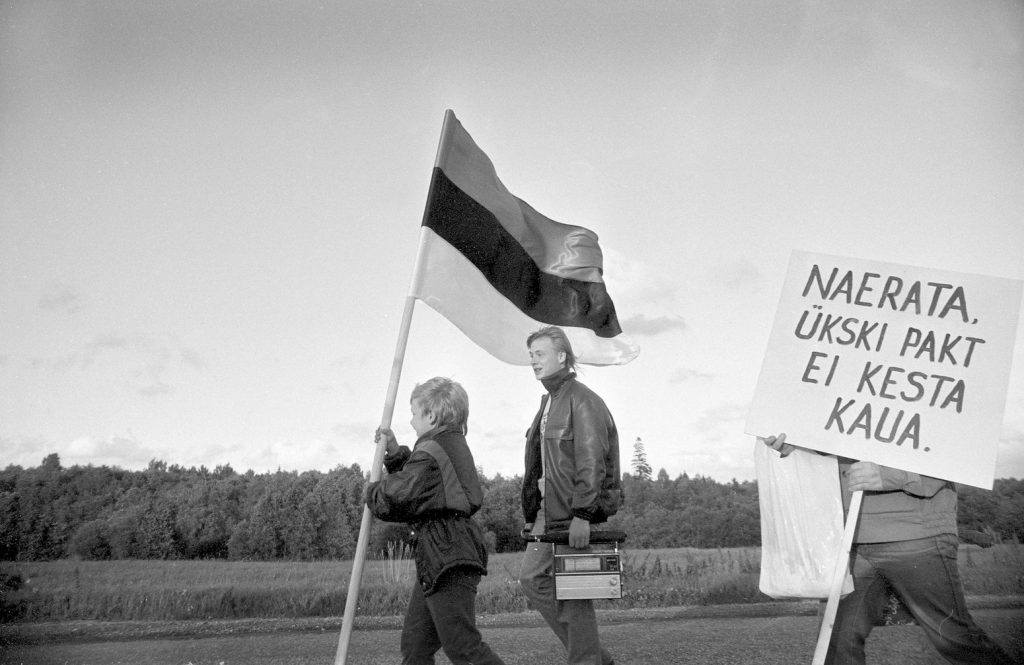
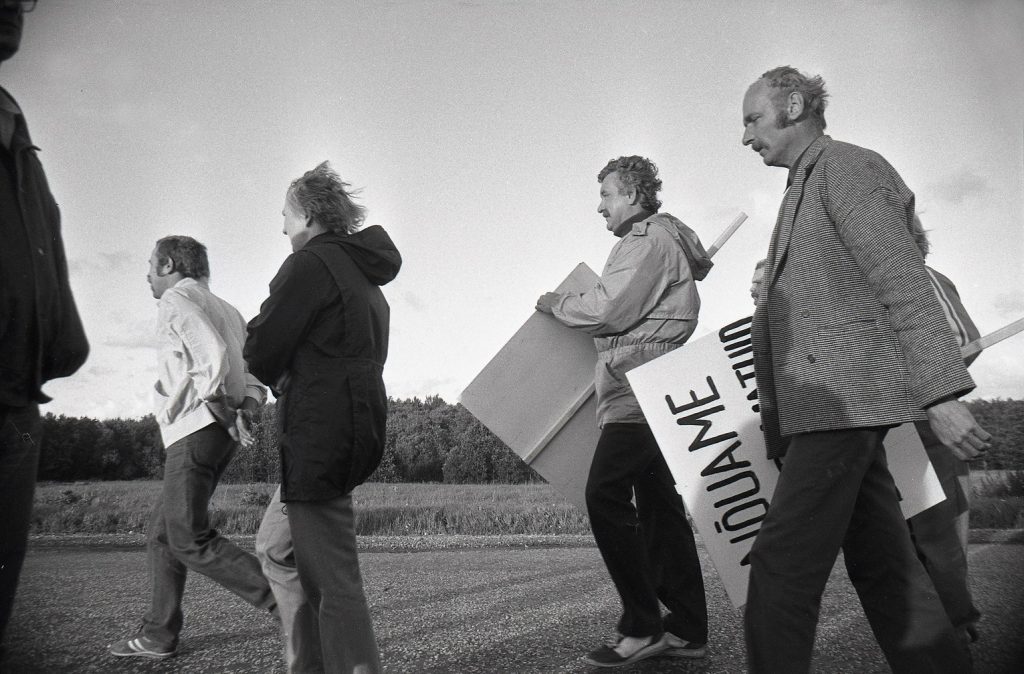
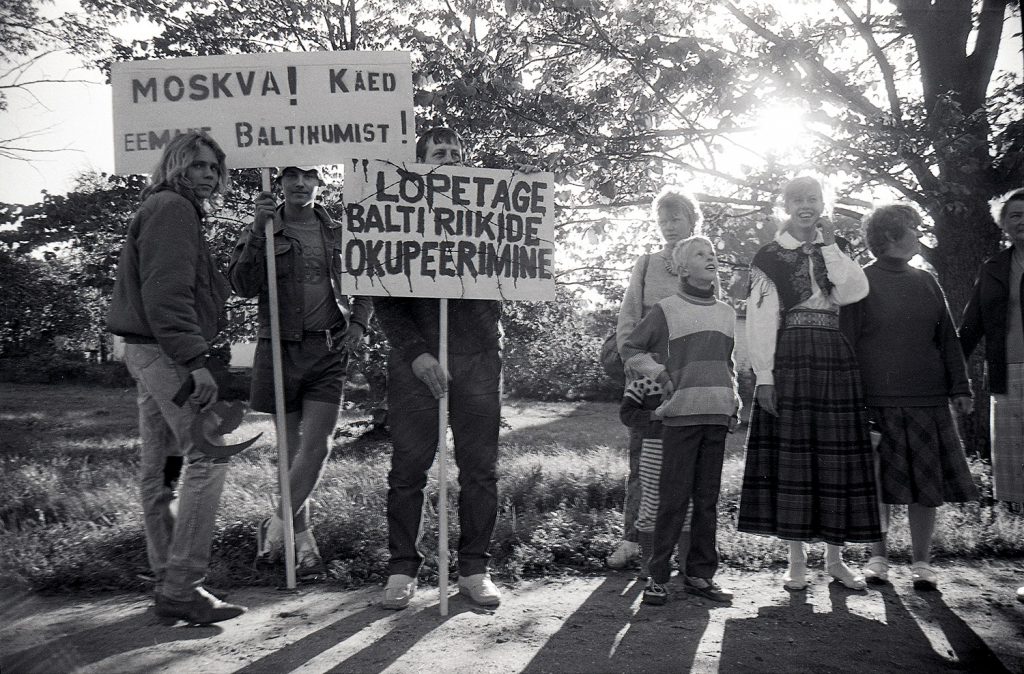
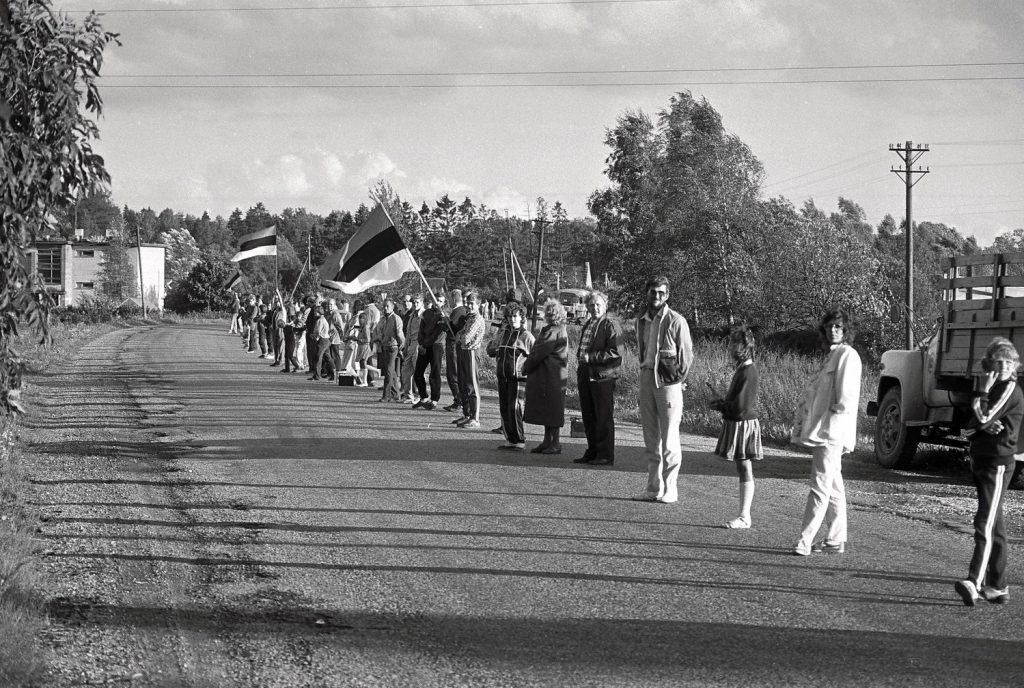


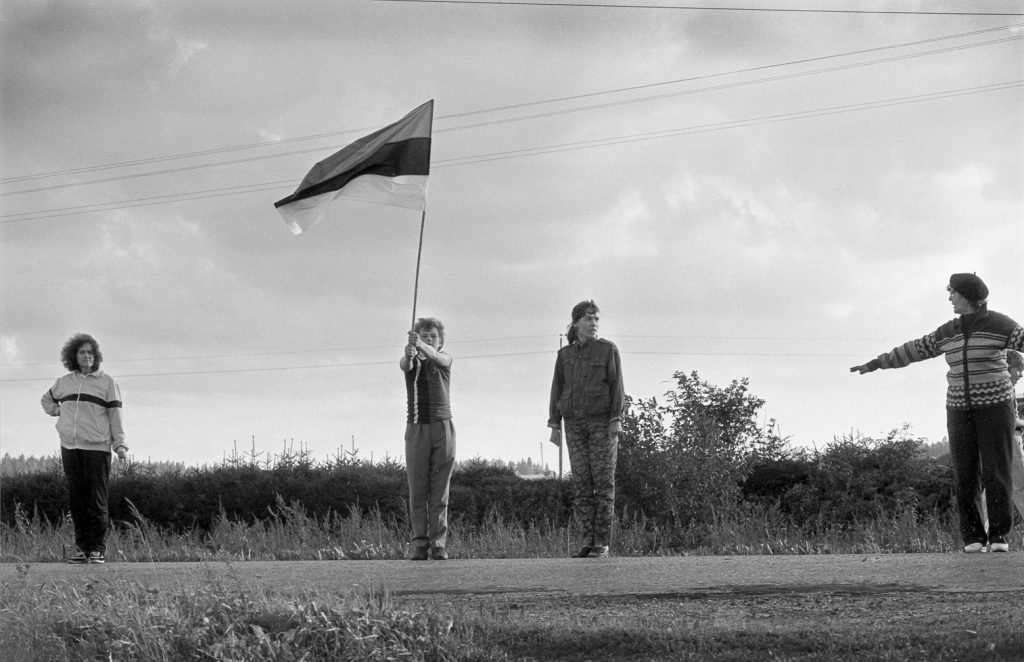
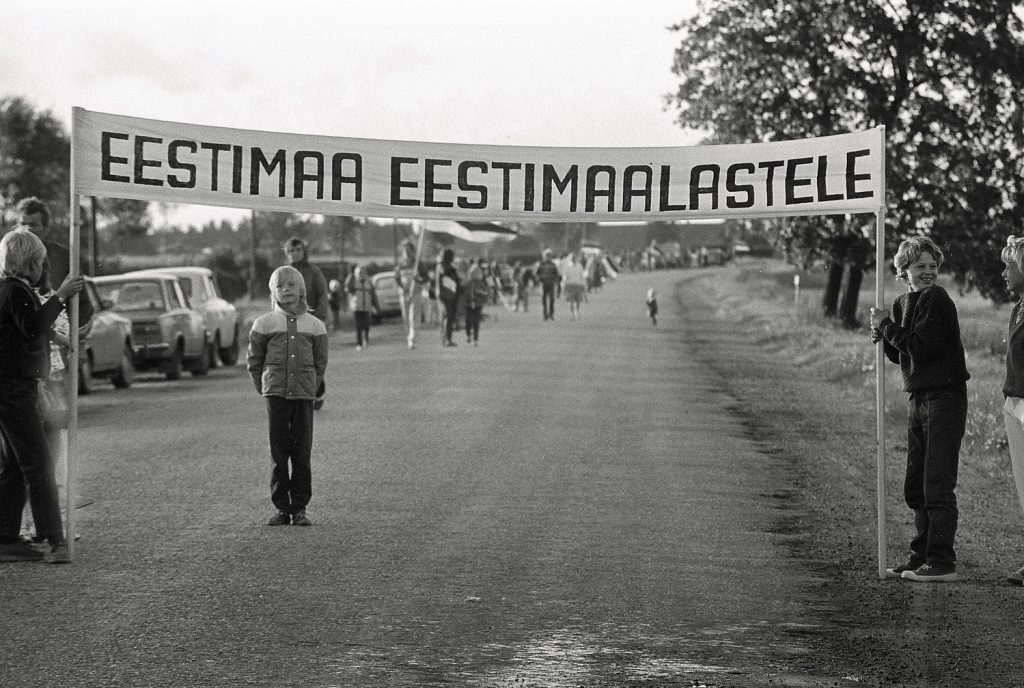

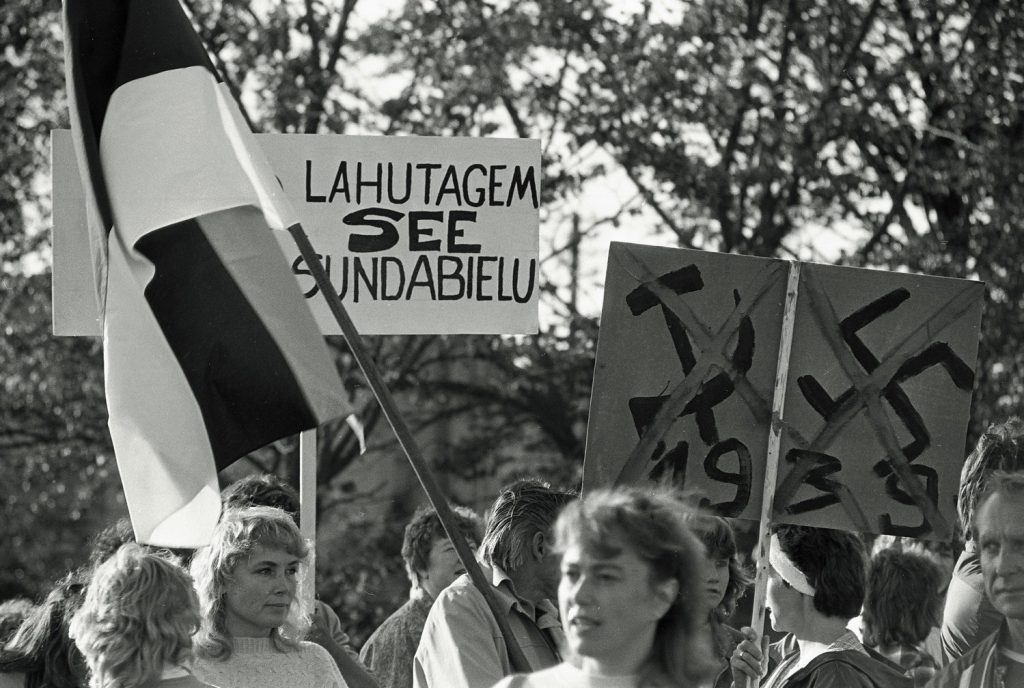
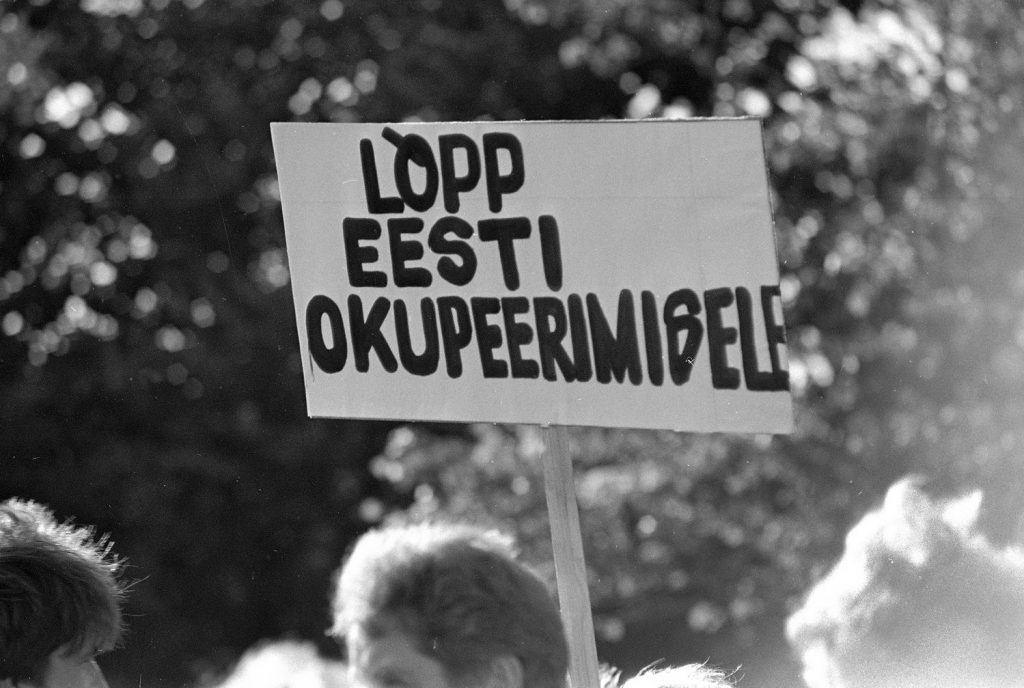
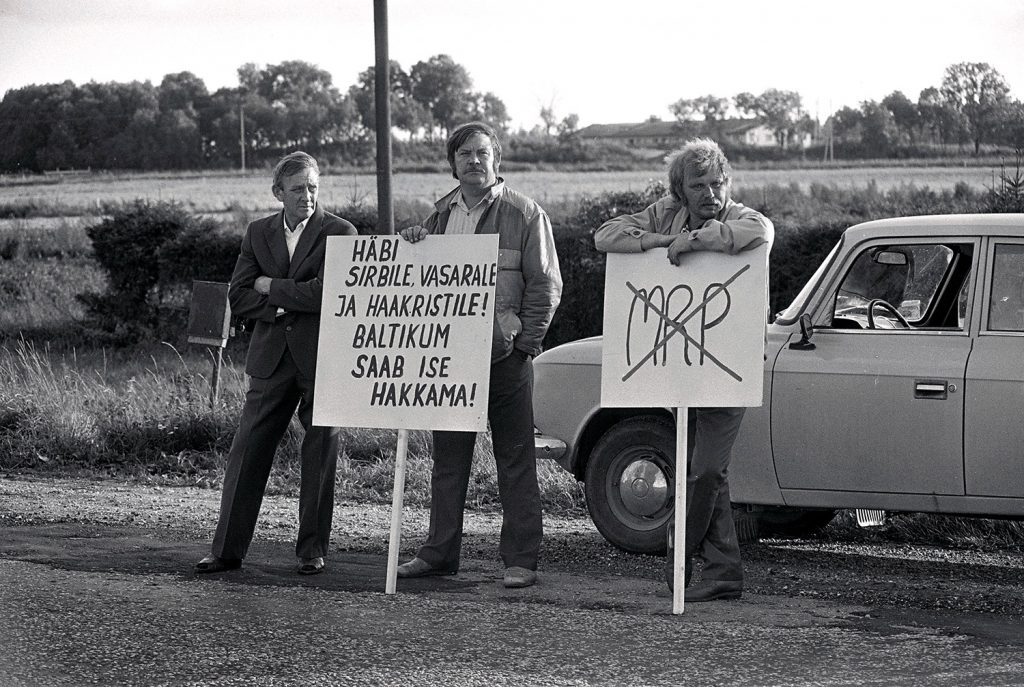
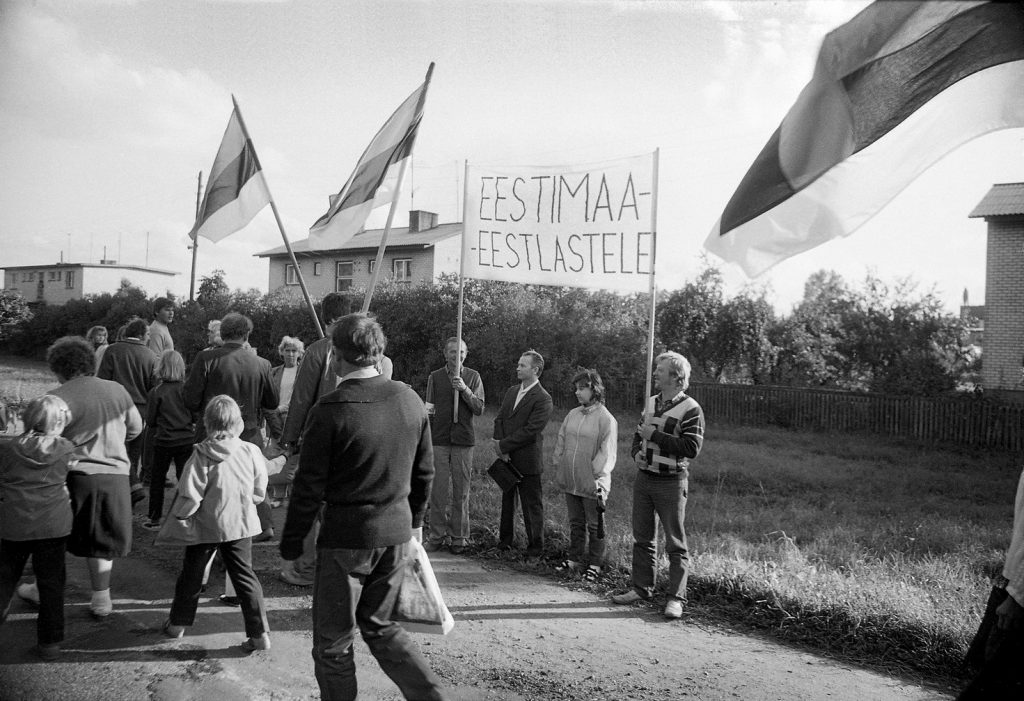
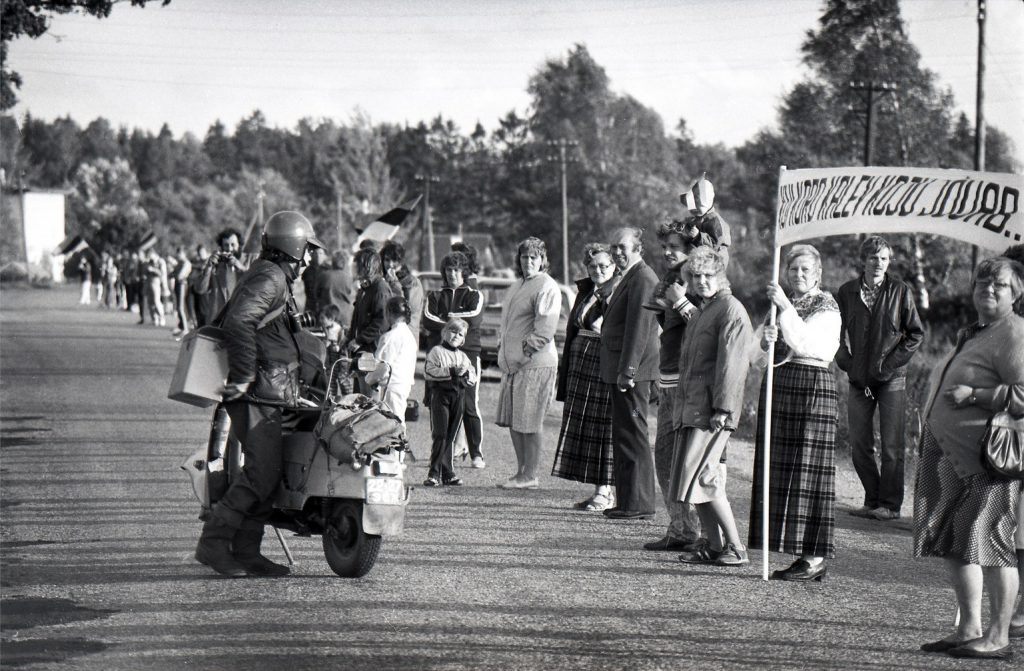
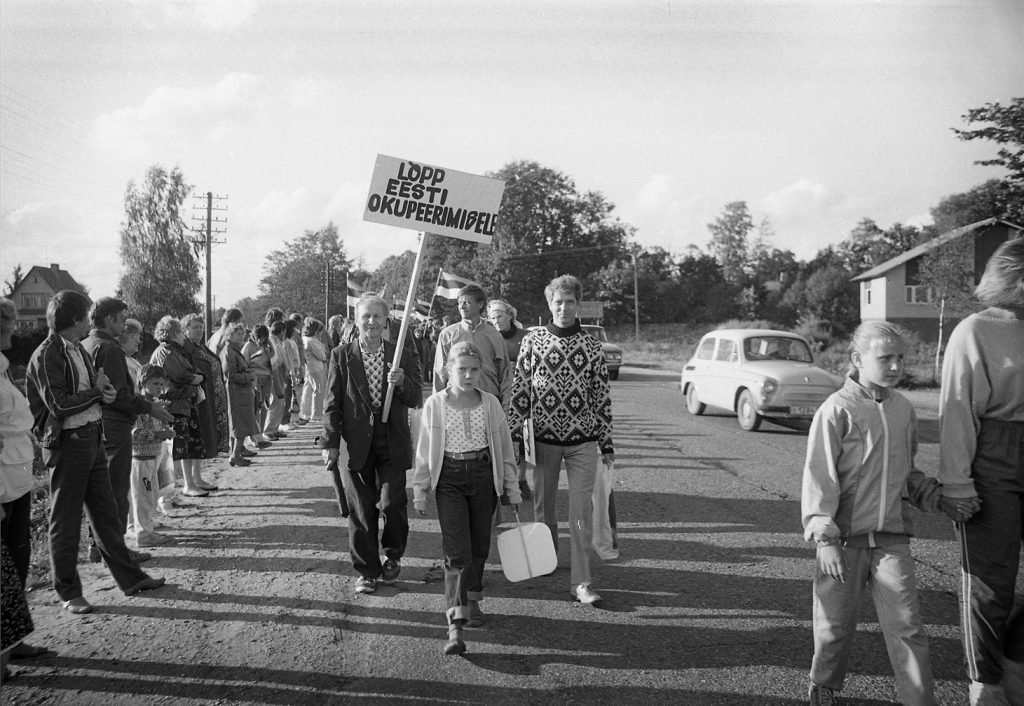
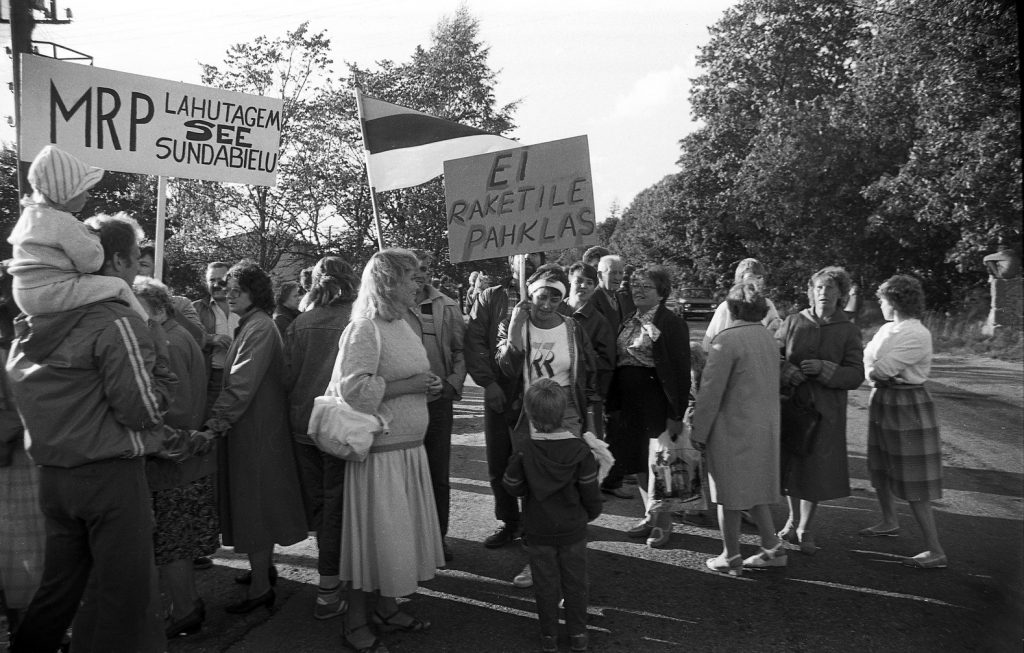
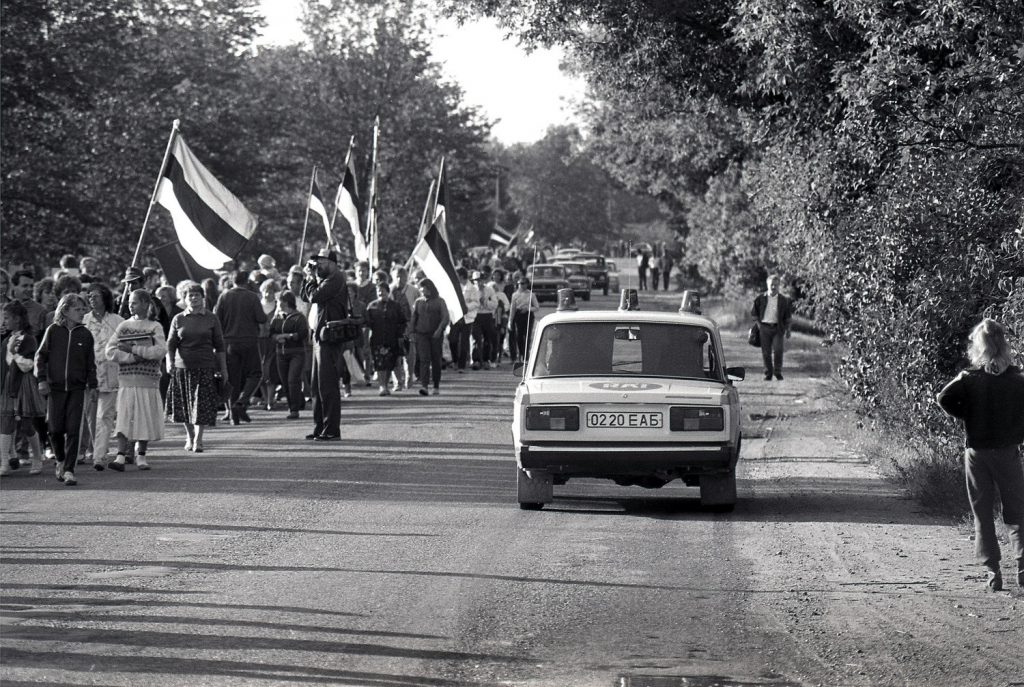
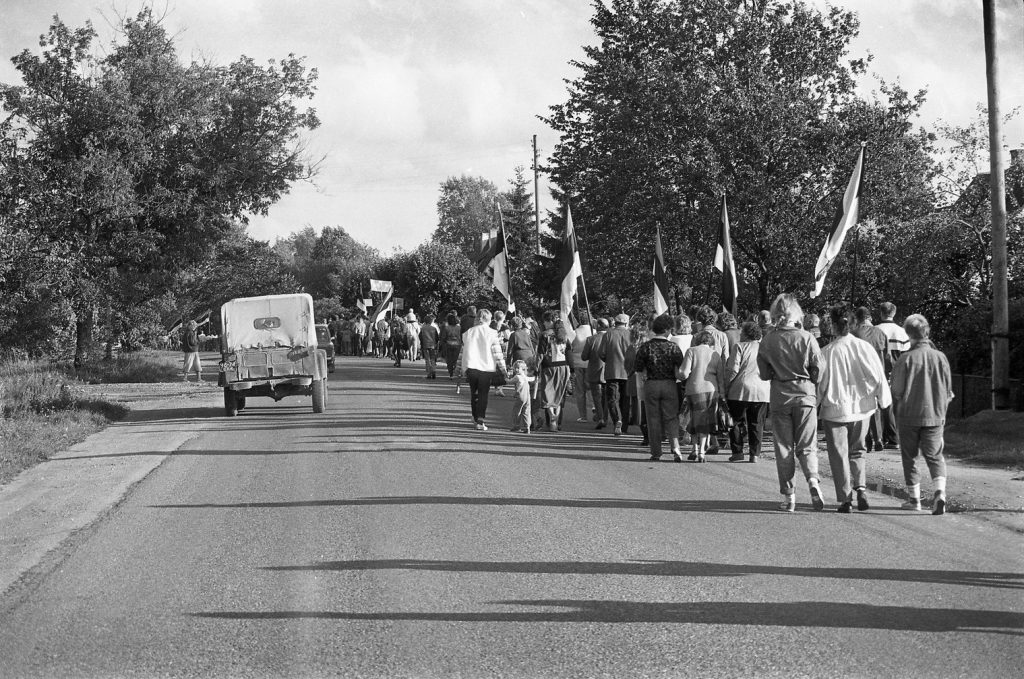
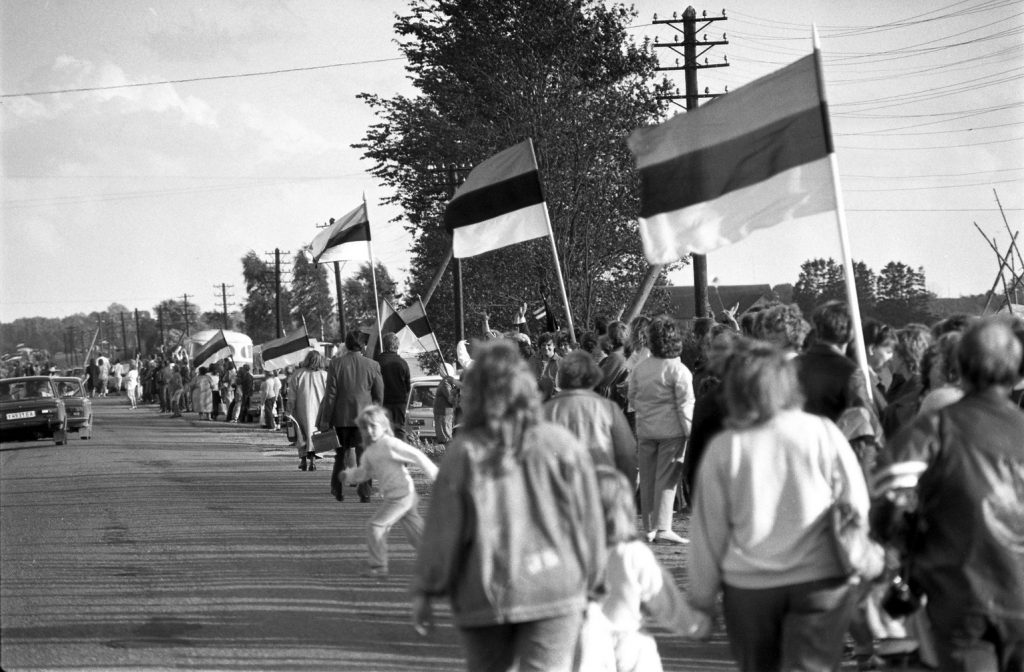


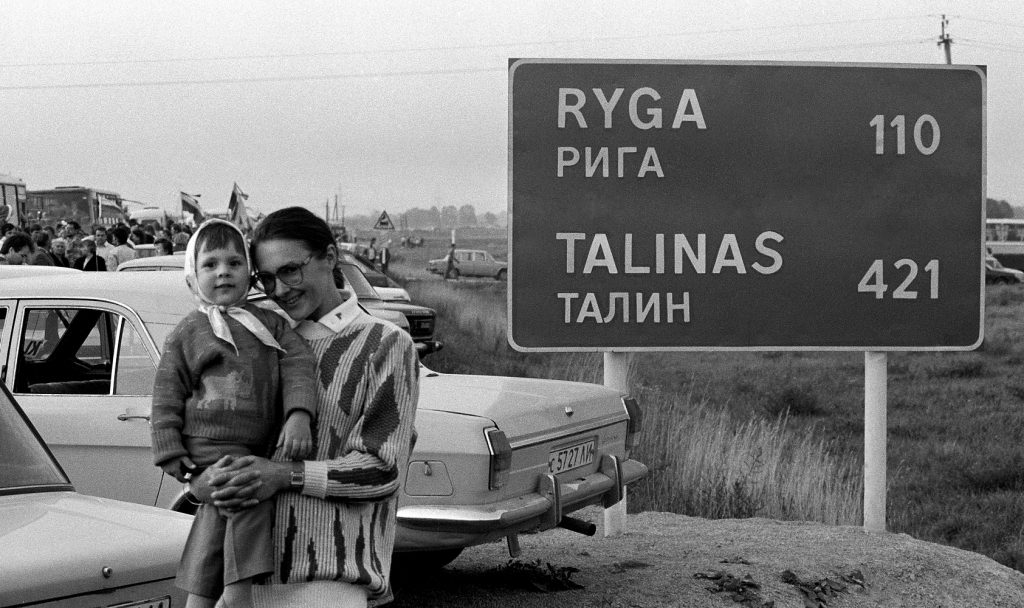



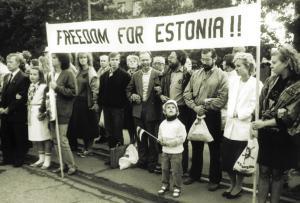
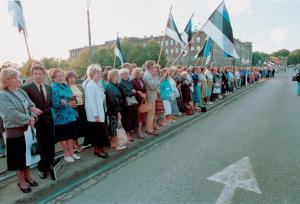
Read also: The Baltic Way – the longest unbroken human chain in history and Estonia in the grip of the Molotov-Ribbentrop Pact and the realpolitik of great powers.
Photos by Jaan Künnap, Vabamu, Harald Leppikson and the Estonian National Archive. * Please note that this article was originally published on 23 August 2019.
